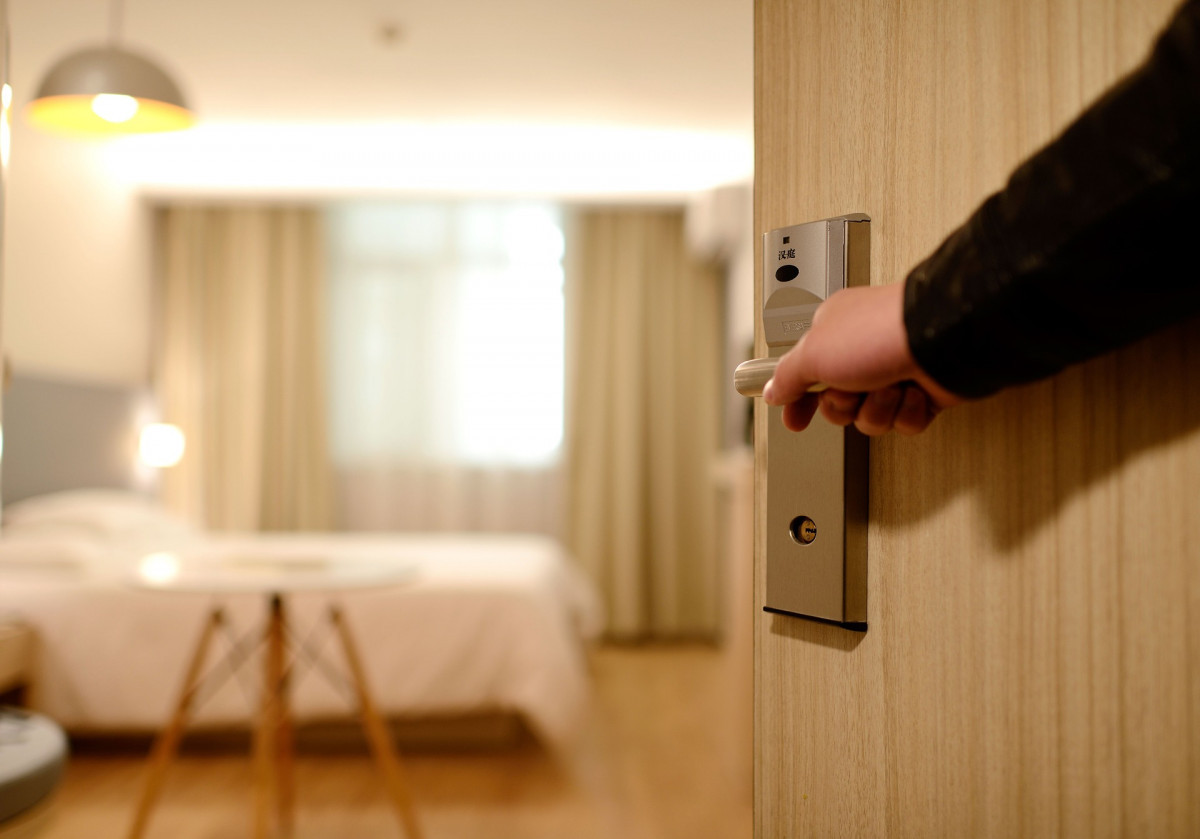The nightmare of runaway inflation is severely hitting the travel, hospitality and leisure (THL) sector, whose stability in this 2022 recovery is being threatened by the upward spiral in prices. To face this umpteenth challenge, a general price increase in the industry of more than 12% is expected, according to a study by the consulting firm Simon-Kucher & Partners.
This increase in rates is one of the ways for companies in the sector to deal with rising fuel coststhe problems in the supply chain, the shortage of basic products and the rise in wages, according to the study ‘Inflation in the Travel, Hospitality & Leisure (THL) sector’ by the consulting firm.
You can consult the report at the following link:
As detailed, the restaurant industry is one of the most affected by “the extraordinary increase in costs in raw materials, energy and labour”
“Increasing prices to mitigate the rise in costs and a foreseeable loss of volume by companies makes it possible to generate an impact in the short term, but it must be carried out in a sophisticated way to ensure positive effects in the long term,” he points out. In this way, he recommends that the price increase be combined with volume boost levers, such as loyalty programs and consumer value management.

The lowest price increases
The report confirms that although the sector is in full recovery this summer, in the long term the decrease in disposable income of the consumer added to inflation in food products threaten this reactivation.
Also, remember that despite the fact that tourism has also jumped on the bandwagon of price increases, it is not one of the sectors where these are most widespread.
Thus, only 34% of tourism companies have raised prices, below sectors such as consumer goods (54%) or raw materials (70%). In addition, one in three companies has neither made nor plans to make a price increase due to inflation, which is why they are more conservative than those in other sectors.
areas
By geographical region, America is where the most price increases have been carried out to date (46%) compared to EMEA (Europe, Middle East and Africa) (30%), the most conservative, while Asia Pacific is between the previous two (35%).
In the second quarter of the year, aggregate inflation levels remained high in all areas. In the eurozone it climbed to 8.1% and that of the United States reached 8.6%.
The rise in prices in European restaurants remains high (7.1%), although below the aggregate indices, despite the aid from the various governments. Even so, the increase registered in trips, of 14%, doubles that of restaurants.
Perception
According to the Simon-Kucher Quarterly Inflation Perception Panel in Spain, consumers they are receiving increases greater than the real ones.
“Depending on the industry, consumers perceive price increases between two and four times higher than what is actually taking place. Therefore, it is essential to properly differentiate these price increases to minimize the impact perceived by consumers”, recommends
Thus, he warns the THL sector: the key in price management is not so much how much they go up, but how these increases are managed.
“Sophisticated price management takes into account, for example, the existence of psychological price barriers that must not be crossed, that the customer’s sensitivity to prices is very different depending on the role of the product / service or the purchase / consumption occasion and that there are tools to generate a positive multiplier effect of the impact of increases”, he highlights.
Otherwise, raising prices late and poorly dilutes the short-term financial impact and damages the long-term impact on customer perception, even for very small increases, he argues.
More information:
– Hotels on the coast: in which destinations does the average rate rise the most?
– July inflation, the highest in 38 years
– Inflation shoots up to 10.2%, the highest since April 1985
